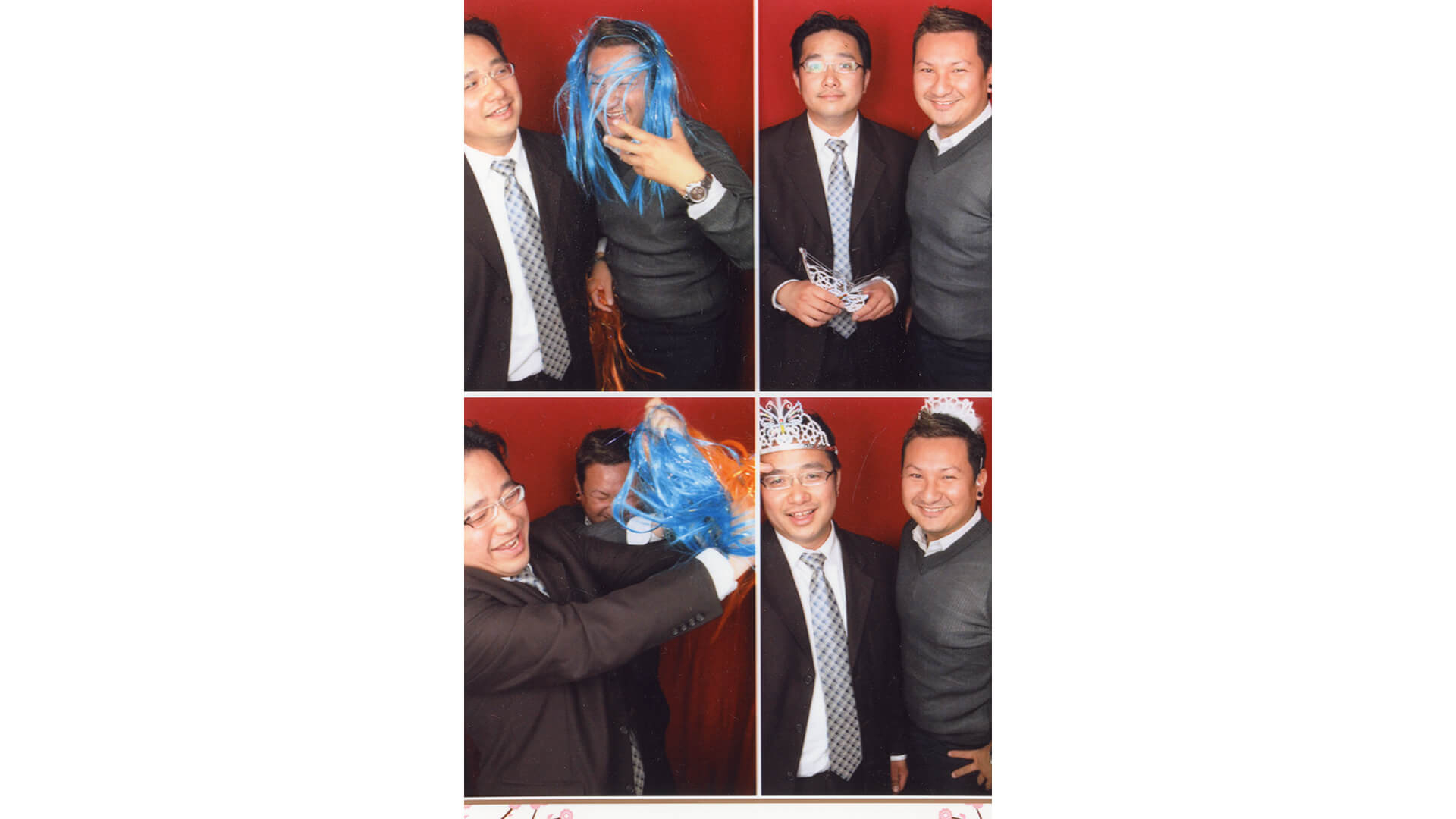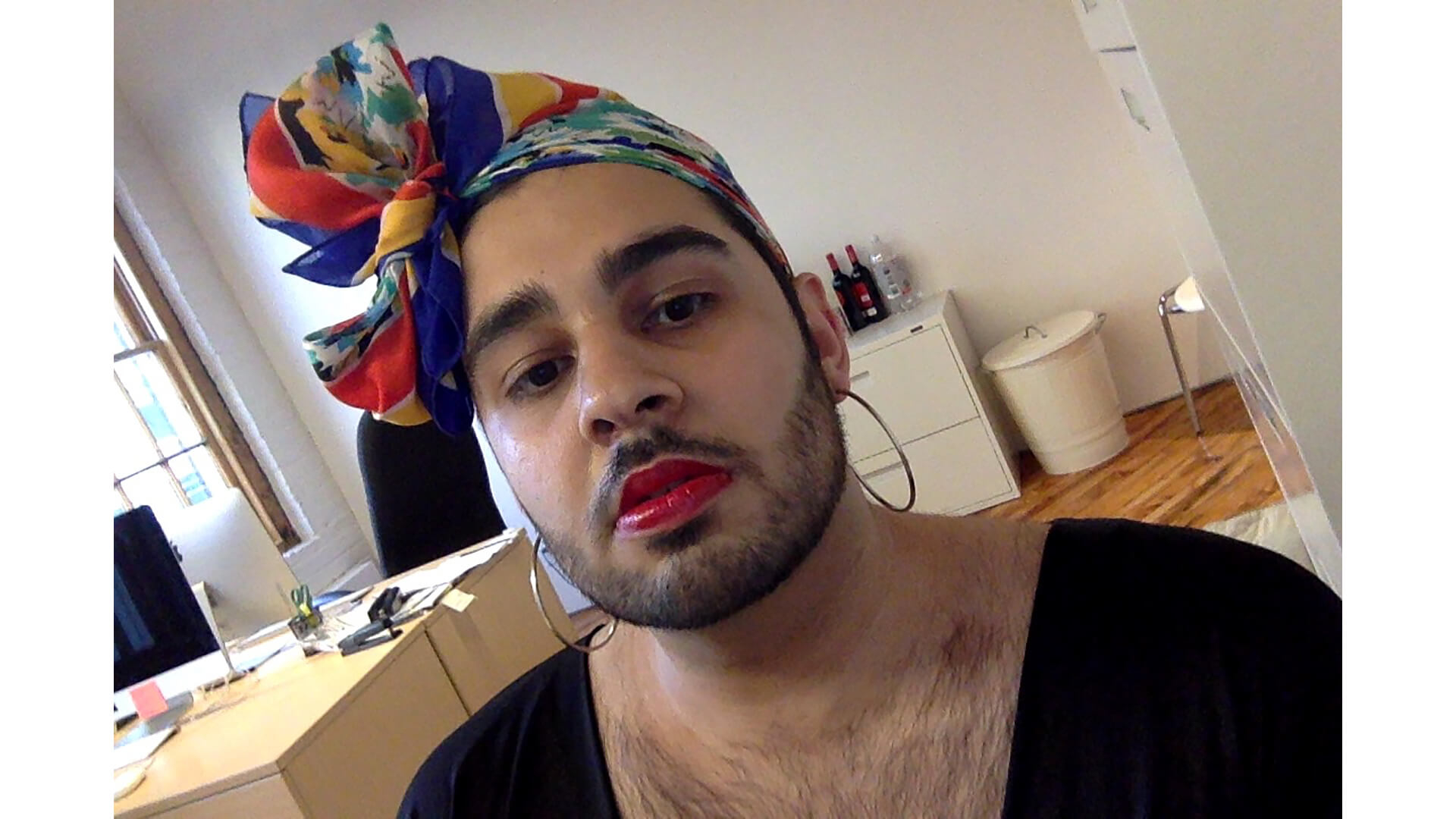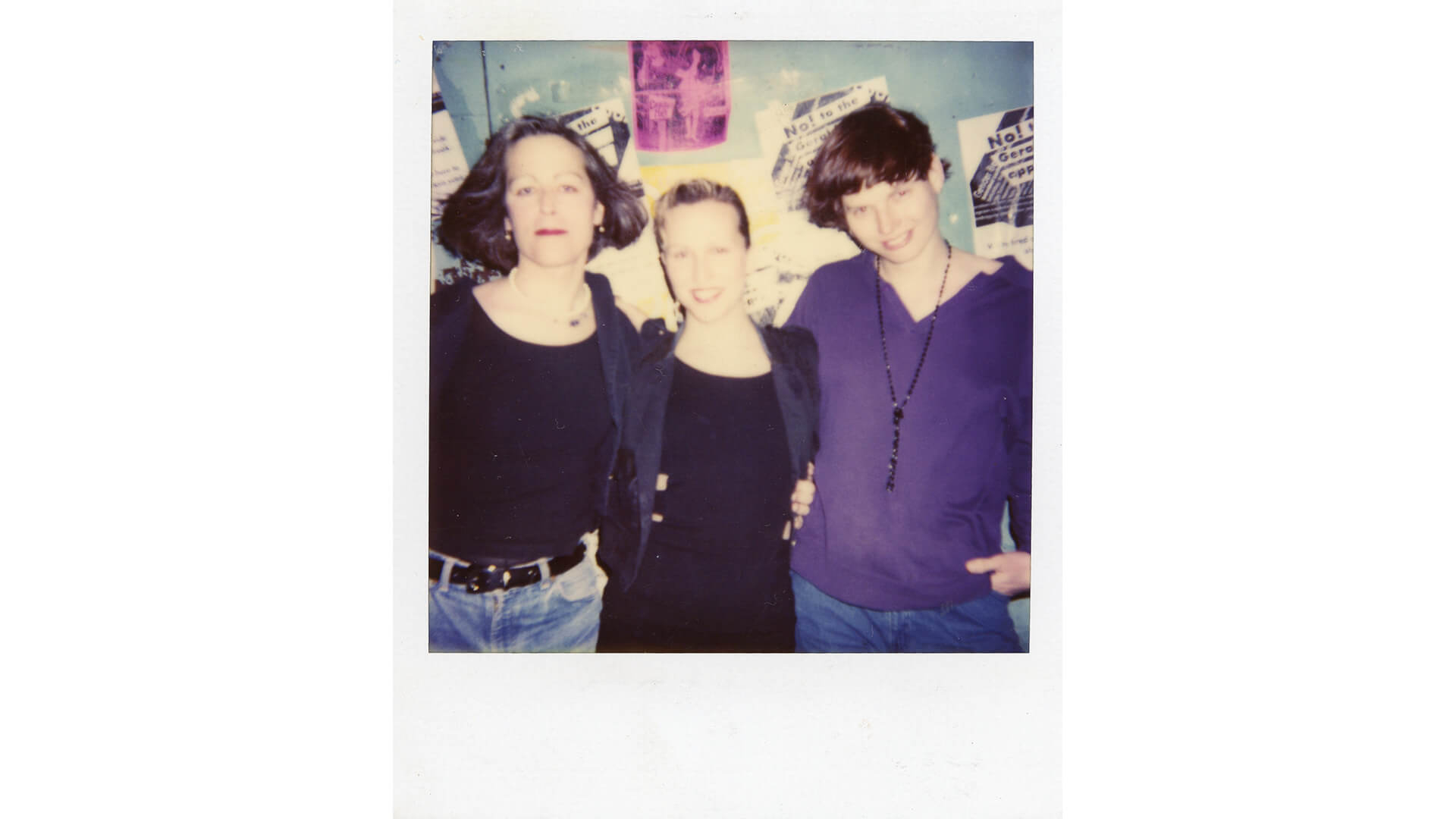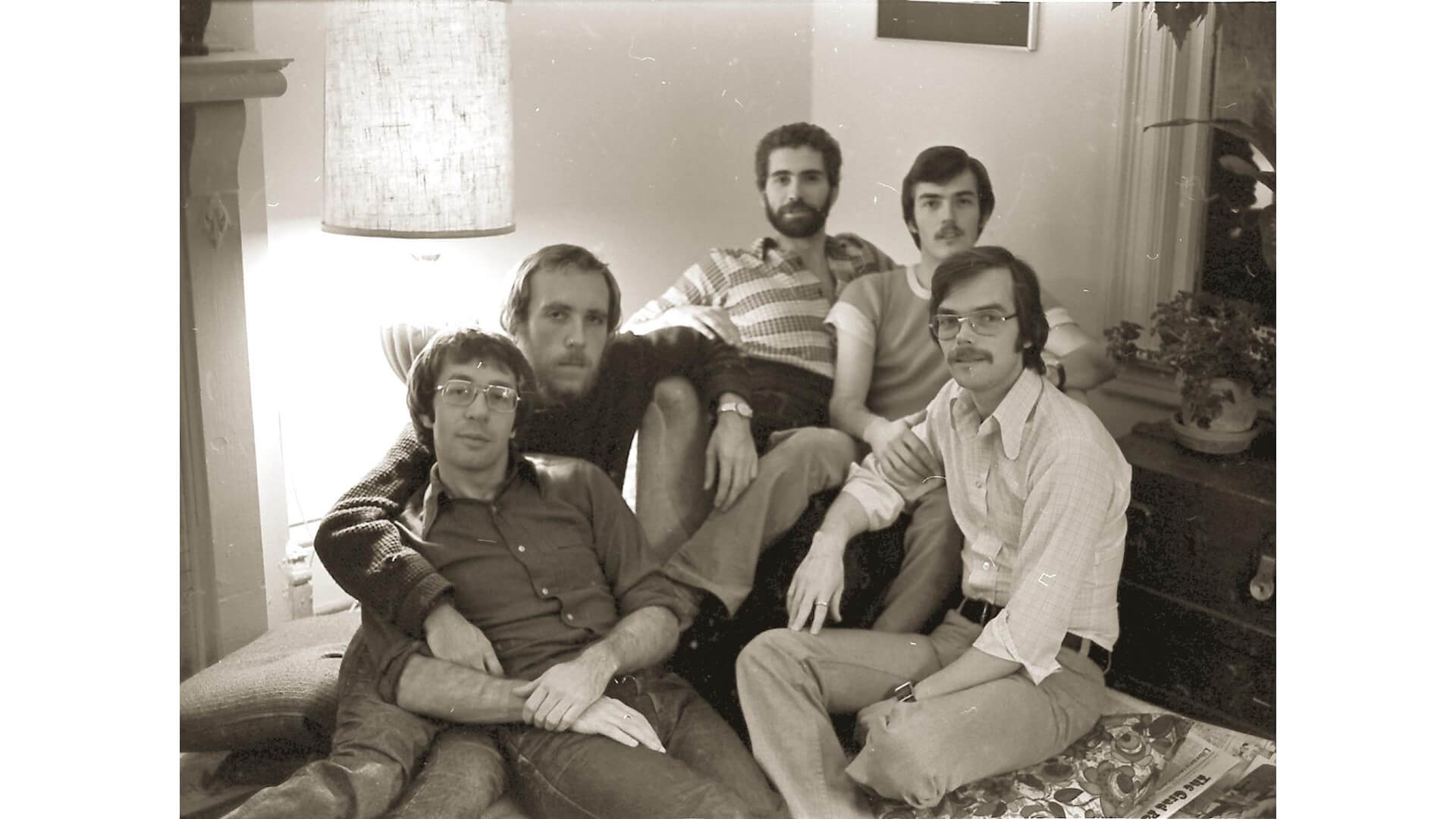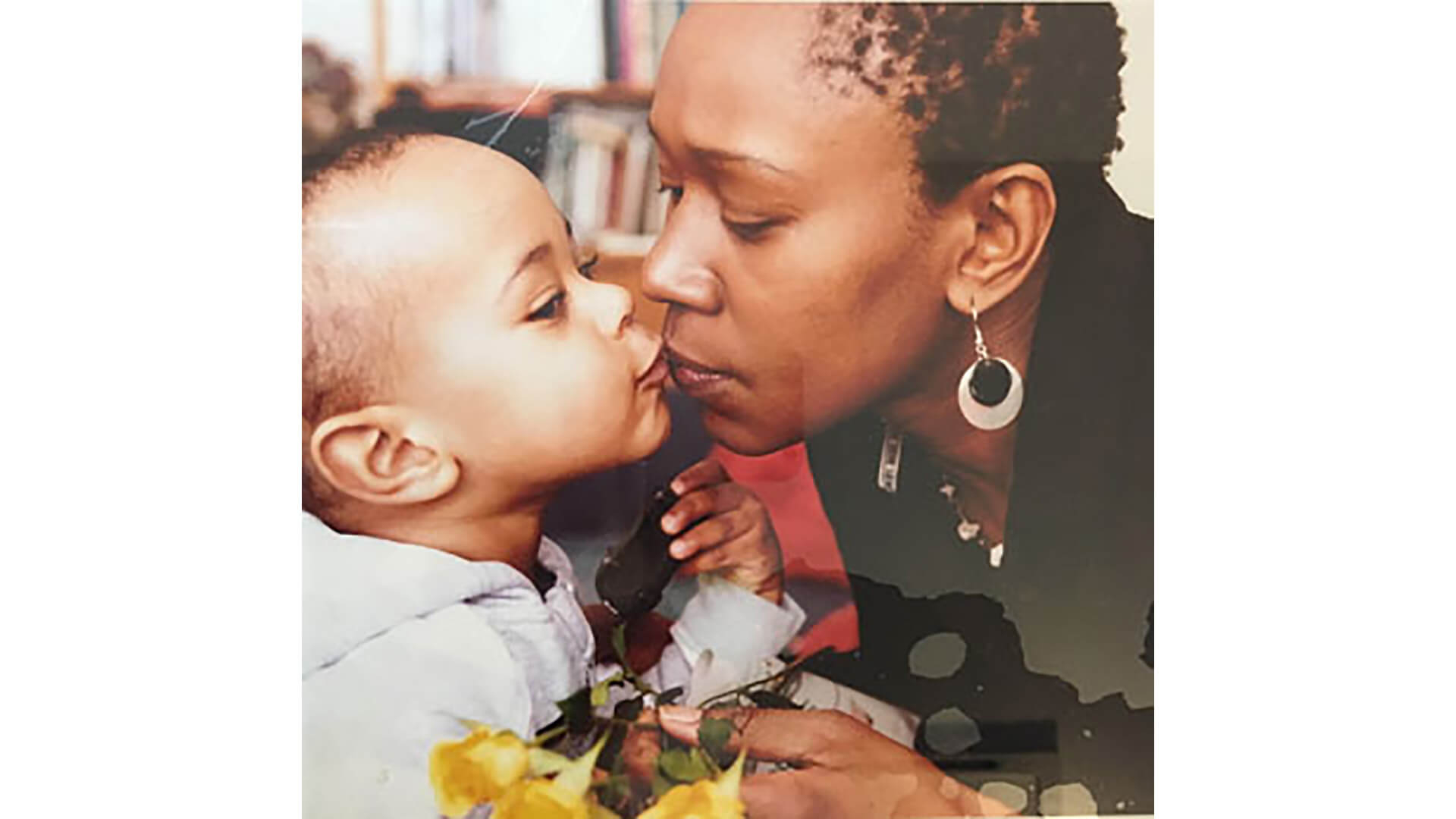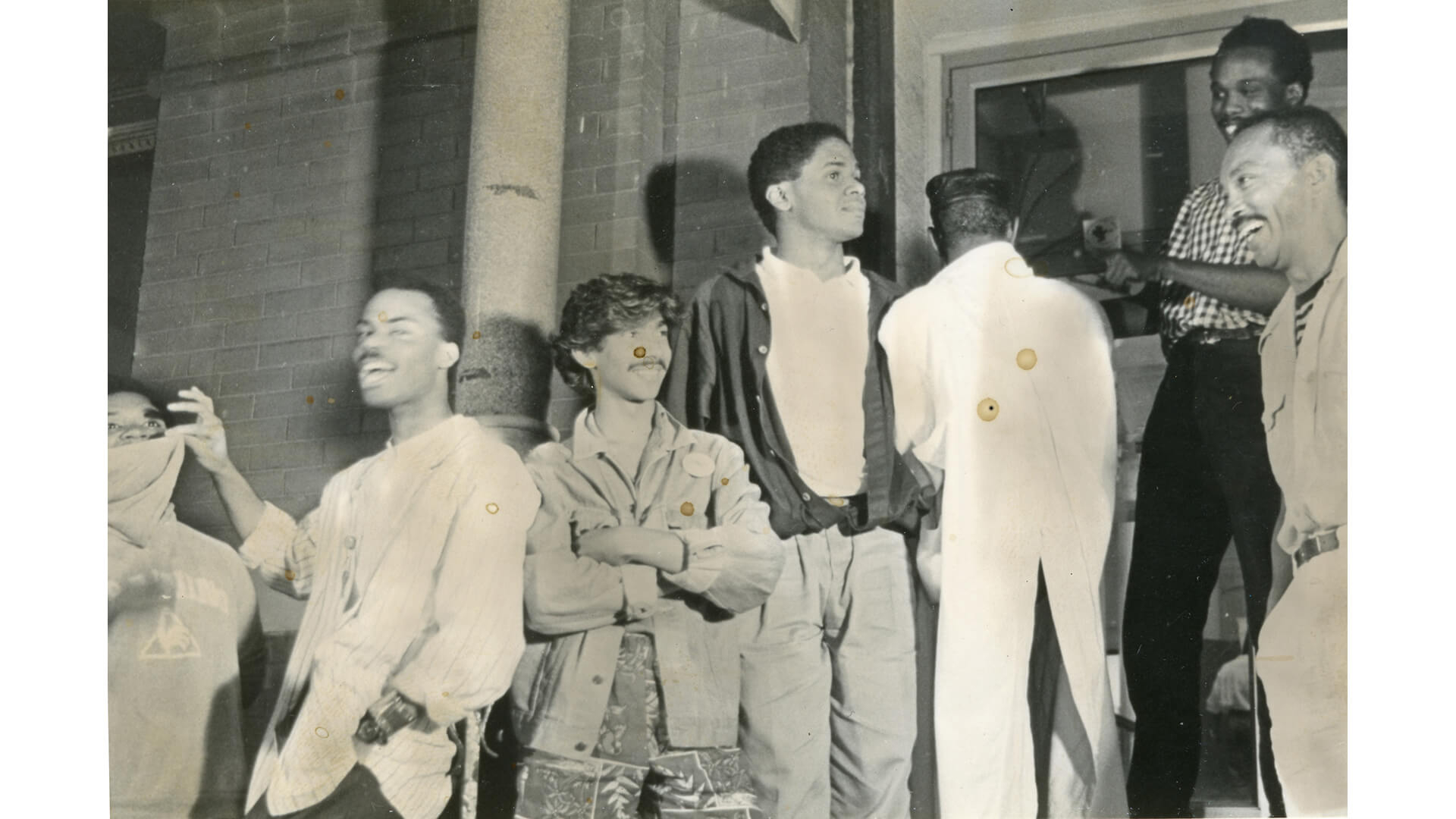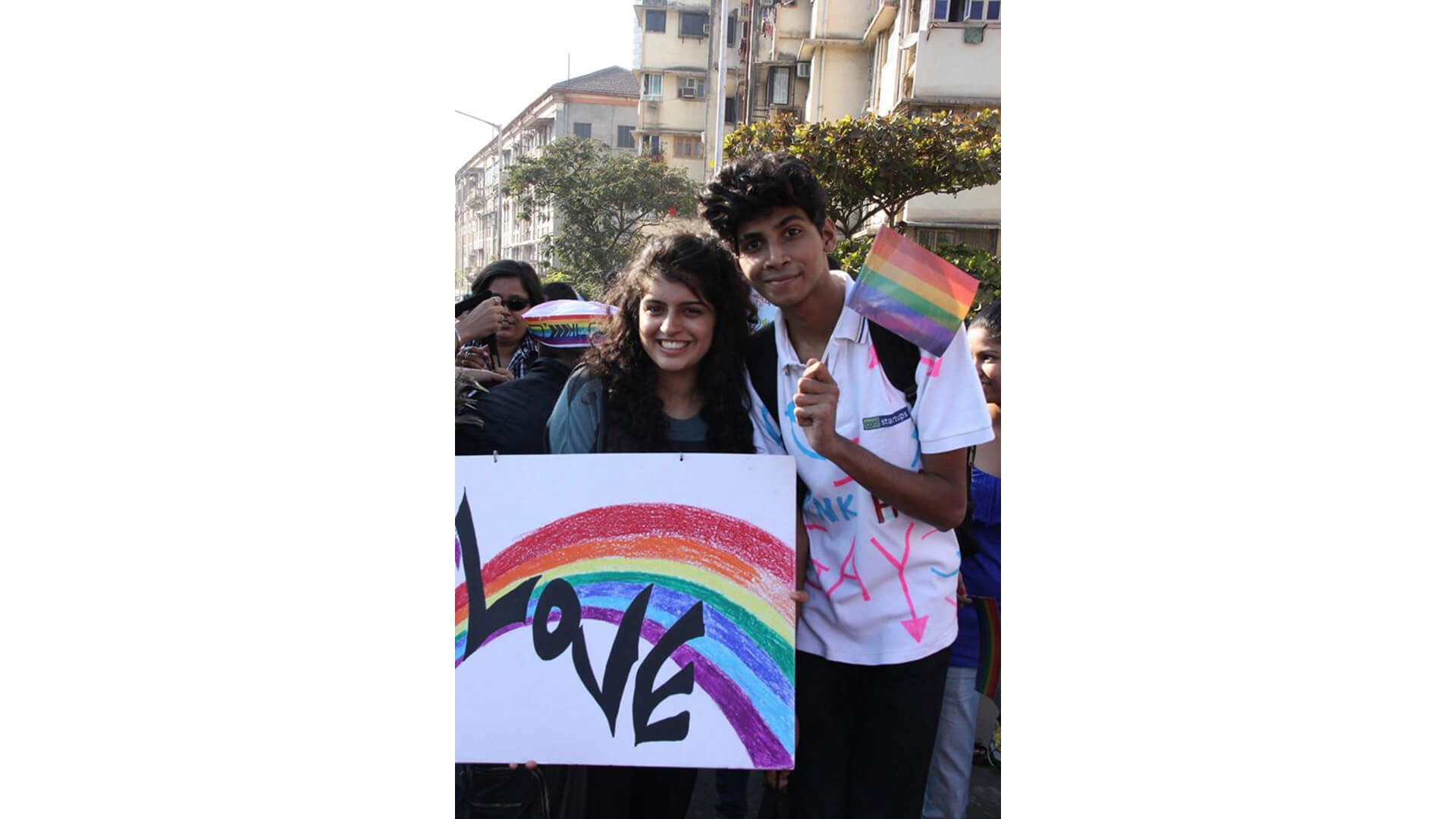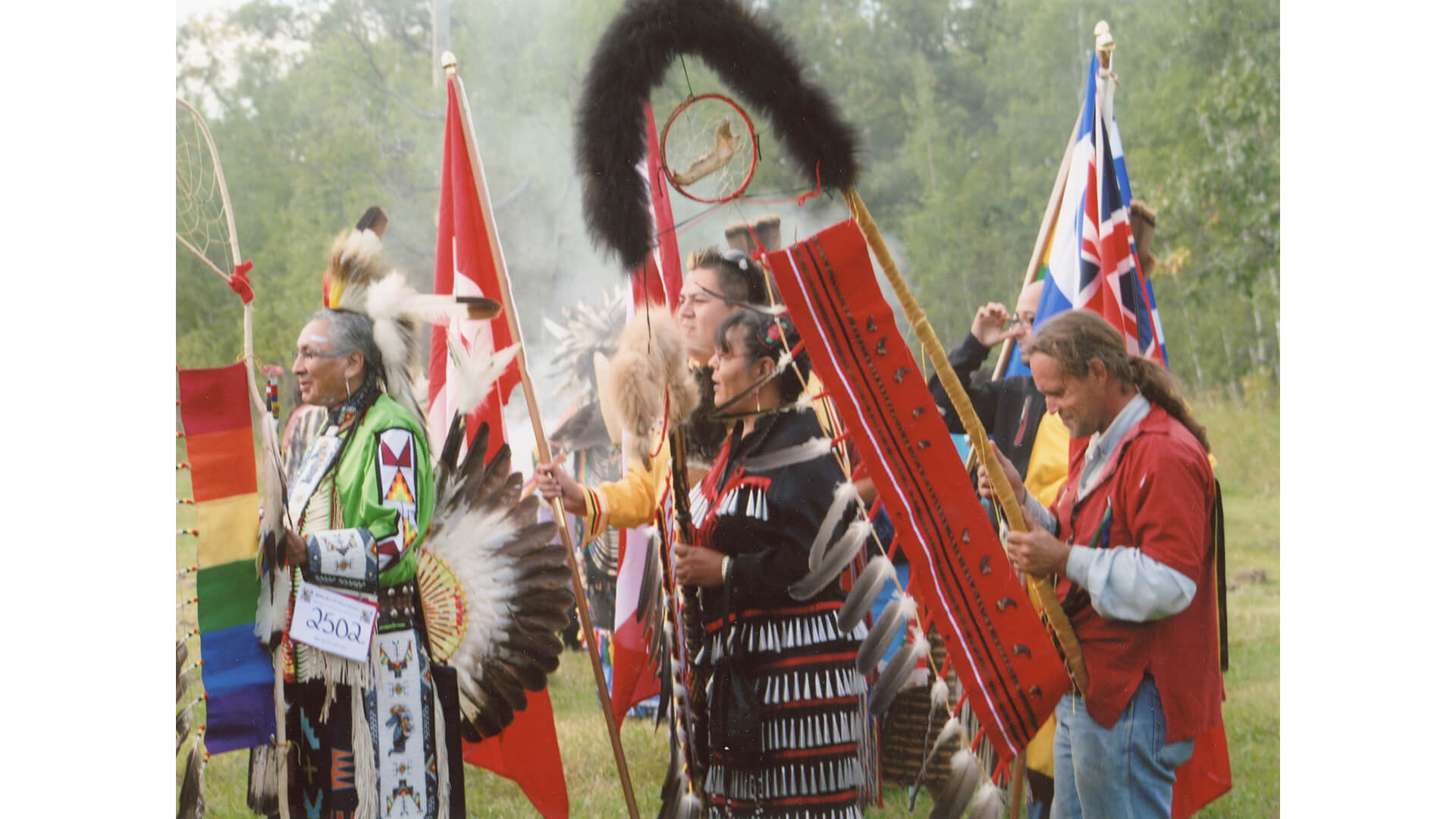Online exhibition Queering Family Photography captures the personal and public characterizations of kinship
THE FAMILY CAMERA NETWORK (FamCam) is a collaborative project that explores the relationship between photography and the idea of family, whether of origin or of choice, as is the case with LGBTQ2+ communities.
The Family Camera collection at The ArQuives (Canada’s LGBTQ2+ Archives, formerly the Canadian Lesbian and Gay Archives) explores the critical work that queer, trans, and two-spirited family photos do in documenting and creating queer modes of belonging, and how our emotional attachments to queer family photographs have also sustained LGBTQ2+ lives.
These images are part of the collection at The ArQuives and featured in the online exhibition Queering Family Photography. They capture fleeting moments of love and desire, as well as generational bonds, and the ways that LGBTQ2+ communities creatively reimagine family, linking public and private spheres together.
From April 2016 to March 2019, The Family Camera Network established a public archive of family photographs and their stories at the Royal Ontario Museum and The ArQuives. This archive contains more than 17,000 photographs, 60 albums, 37 home videos, and almost 800 other objects along with 42 oral history interviews. By preserving family photos and their stories, this public archive provides an important resource to write new histories of photography, family, and Canada.
Instant Intimacies
Candid Polaroid prints from the 1970s to the1990s brought desires into view while limiting the threat of public exposure at a time when non-normative sexualities and genders were strictly surveilled and policed. This technology of instant intimacy has also captured and created camp, queer humour, and two-spirited kinship during moments of levity and connection. Although the demise of Polaroid coincided with the digital turn, its influence persists in the era of social media, which embraces the immediacy and spontaneity that older instant cameras introduced.
Domesticities
Domestic images document more than private spheres; they also shape domesticity as an ideology that forms gender roles and polices sexuality in a way that intersects with the public sphere. LGBTQ2+ people make and remake family by creating domestic images that redefine normative meanings of “daddies,” mothers, siblings, and kids. LGBTQ+ people have reimagined these domestic descriptors in queer family photographs taken not only inside homes but also in public spaces: at the beach, in a stairwell, on the street, and elsewhere. Domesticities highlight the generational bonds between parents and children, between romantic partners, and between strangers who, despite their brief connection, come together in defiance of norms and laws that criminalize queer desire and gender expression.
Publics
LGBTQ2+ people draw on photography to expand and queer the notion of family through spectacular and quotidian means, including the highly visible space of the street and park, and less visible spaces such as bathhouses, coffeehouses, and clubs. Both types of spaces are pivotal for expressing queer desire yet are targets for state suppression. Events such as pow-wows provide opportunities to reflect further on Two-Spirited kinship in relationship to Indigenous cultures and queer modes of belonging. In a neoliberal era, however, many queer family spaces have become gentrified and commodified in a process that benefits some LGBTQ2+ community members while marginalizing others on the basis of class and race.

